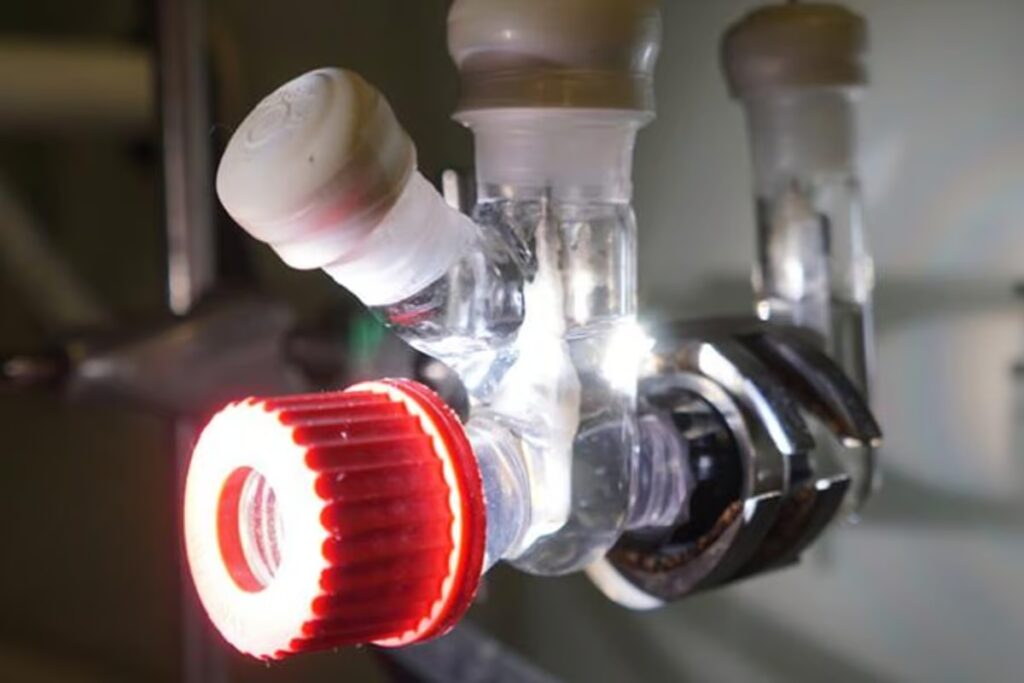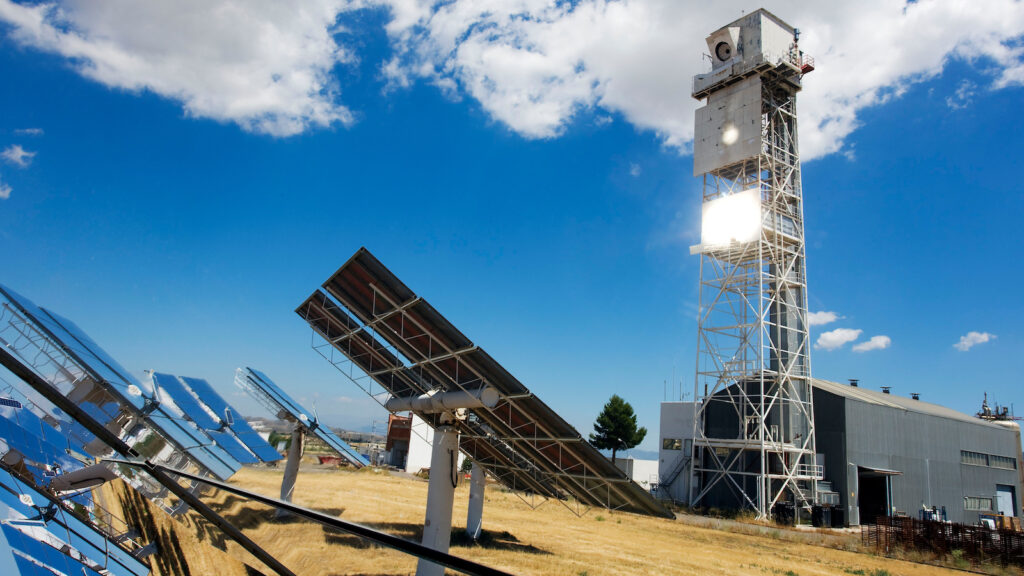Researchers at the University of Cambridge have created a solar-powered reactor that can transform collected carbon dioxide and plastic garbage into a sustainable fuel while also creating some other valuable compounds.
The solar-powered reactor produced synthetic gas, often known as syngas, from carbon dioxide. Syngas may be used directly as fuel since it is flammable. In the 20th century, residents of several industrialized cities received certain types of syngas. However, it is difficult to deal with and is best used to produce other fuels.
The test’s plastic bottles, meanwhile, were transformed into glycolic acid. In the medical field, glycolic acid is used in a range of applications. According to WebMD, individuals use it to treat acne scars, dark skin patches, premature skin aging, and acne.

The fact that the solar-powered reactor employed carbon dioxide from actual sources, such as industrial exhaust and common air, makes the study, whose findings were published in the peer-reviewed journal Joule on Monday, extremely intriguing.
This technique can reduce carbon emissions in the medium term by collecting them from industry (power plants, cement factories, and biogas plants) and converting them into fuel using sunlight and plastic trash. According to Sayan Kar, co-first author of the Joule paper, “it can be used in the long run for direct air capture (DAC) and CO2 conversion to achieve a circular carbon economy.”
The study was carried out by the research team of Erwin Reisner at the University of Cambridge’s Yusuf Hamied Department of Chemistry. The professor of Energy and Sustainability in the division is Reisner. Kar works at the department as a post-doctoral researcher.
However, up until this point, each and every one of their solar-powered tests has used pure, saturated carbon dioxide from a cylinder. It is a huge technological problem to use the very diluted carbon dioxide in the air. The researchers used carbon capture and storage, a divisive technology, as inspiration to solve this problem.
How does a solar-powered reactor convert plastic into skin components and air into fuel?
The first step in the conversion process involves bubbling air or flue gas (the gas generated when fuel is burned) through an alkaline solution. While nitrogen and oxygen bubble out of the solution, carbon dioxide is trapped. The carbon dioxide in the air is concentrated with this technique, making it more manageable.
A photocathode and an anode are both parts of the unified framework that transforms the carbon dioxide after that. An electrical conductor into which electricity flows is called the anode. The electrical conductor via which electricity leaves the cell is called the cathode. A photocathode is a type of cathode that releases electrons when exposed to light.
Carbon dioxide is the alkaline solution that is used to capture carbon dioxide in the system’s first compartment, where it is converted to syngas. Plastics, on the other hand, are changed into glycolic acid.

The plastic is a crucial part of the system, says Motiar Rahaman, the co-first author of the research. It is highly challenging to use and capture carbon dioxide from the air chemically. However, the plastic in the trash gives carbon dioxide electrons. The carbon dioxide is subsequently converted into syngas, and the plastic decomposes into glycolic acid. Rahaman works at the department as a senior postdoc.
The researchers are currently striving to increase the system’s effectiveness, stability, and longevity. The processes for carbon collection and light absorption may both be improved.
It’s interesting to note that the artificial leaves created by the same research team originally used solar energy to manufacture syngas before being changed to generate propanol and ethanol. The latter can be added straight to the fuel used in automobiles.
Rahaman could not entirely rule out such a scenario for the reactor in an email to indianexpress.com. The selective product creation from the collected CO2 may be modified by altering the CO2 reduction catalyst in accordance with our needs, the inventor said.



